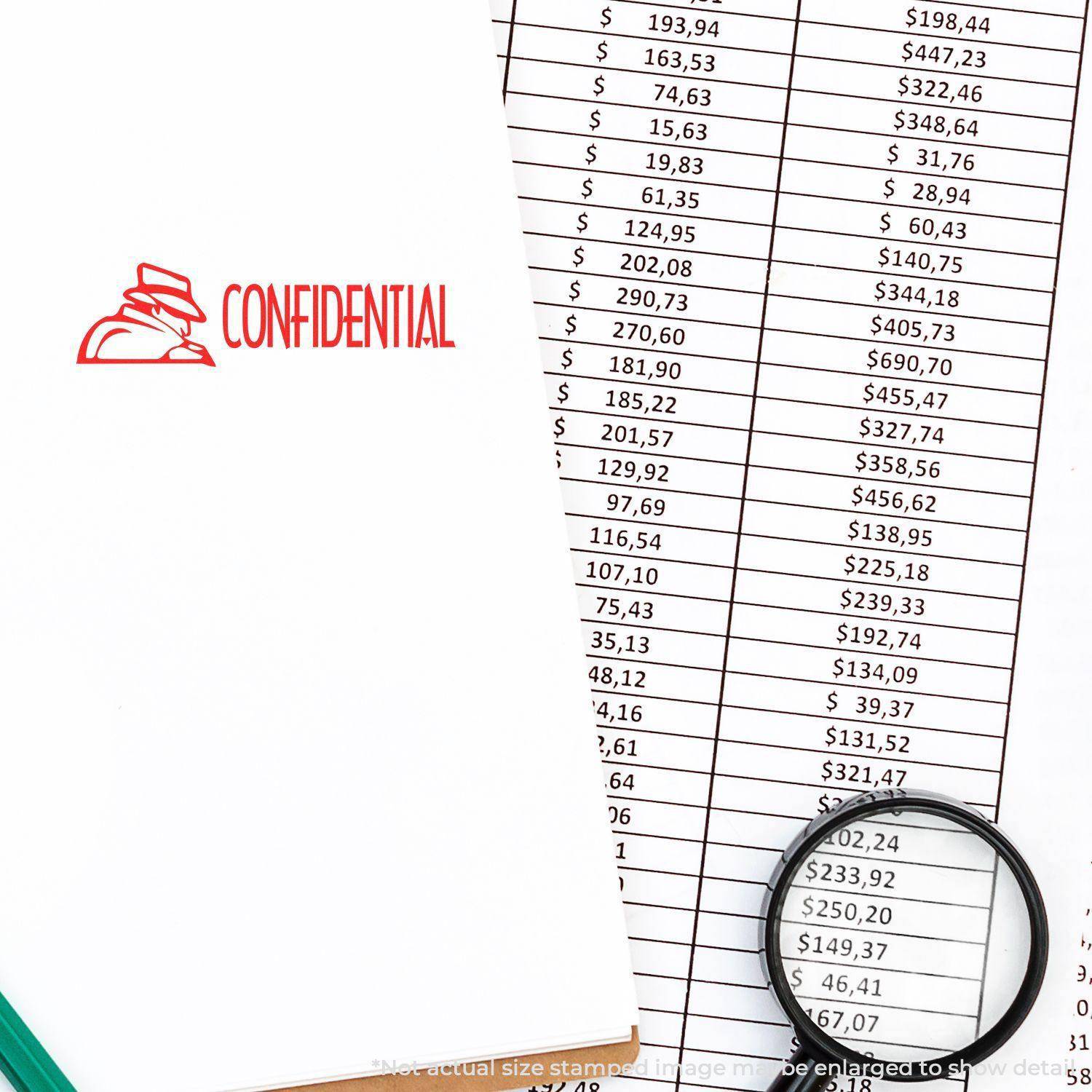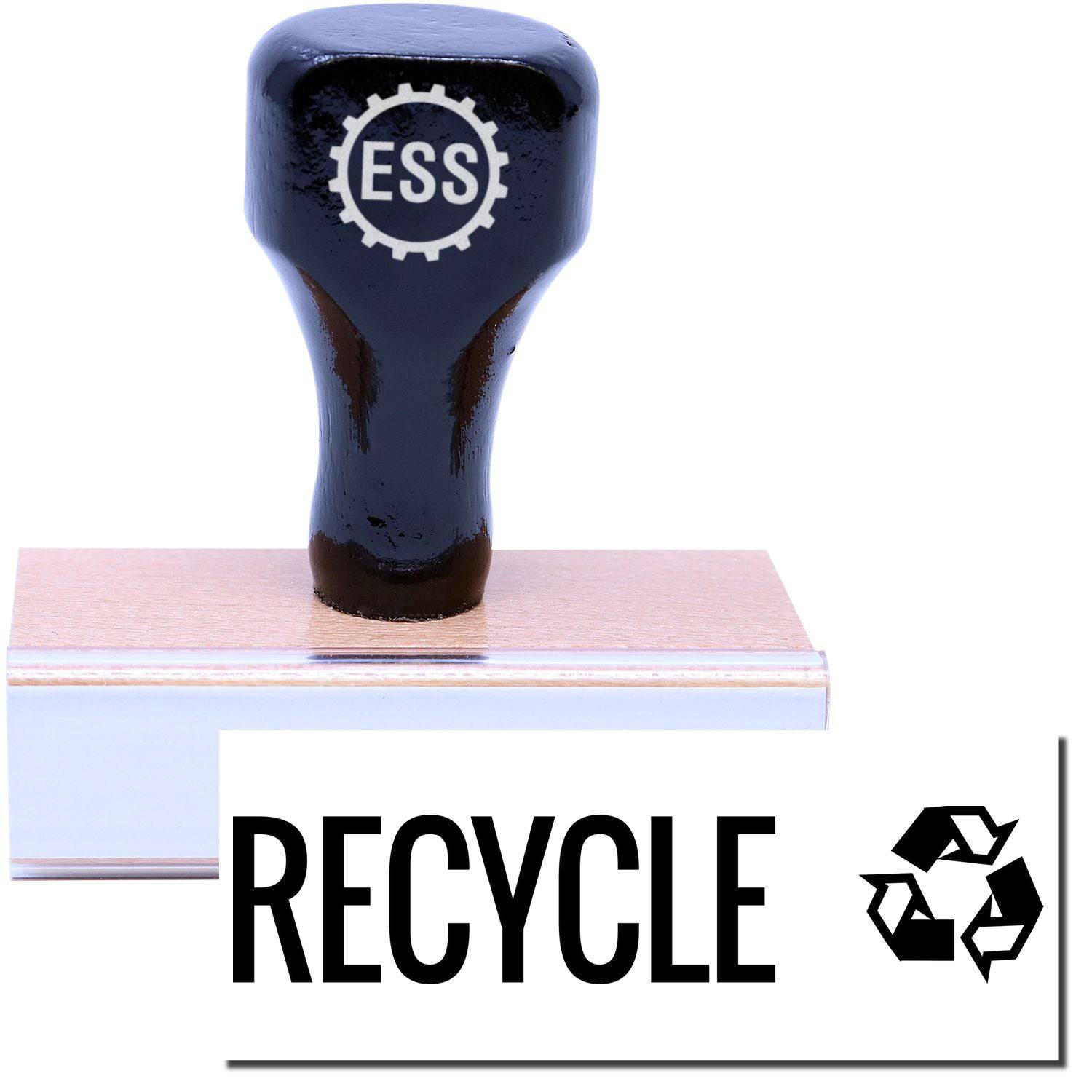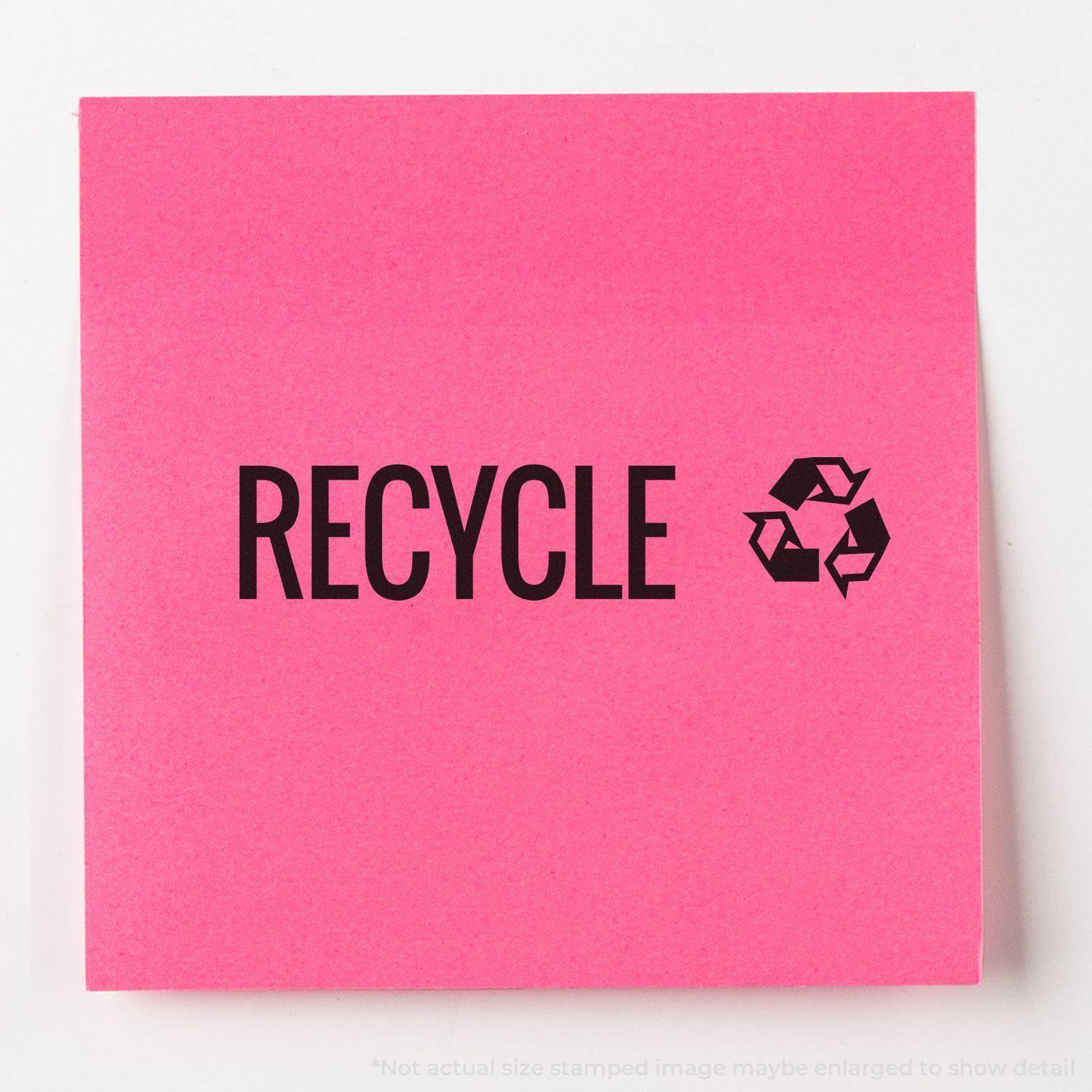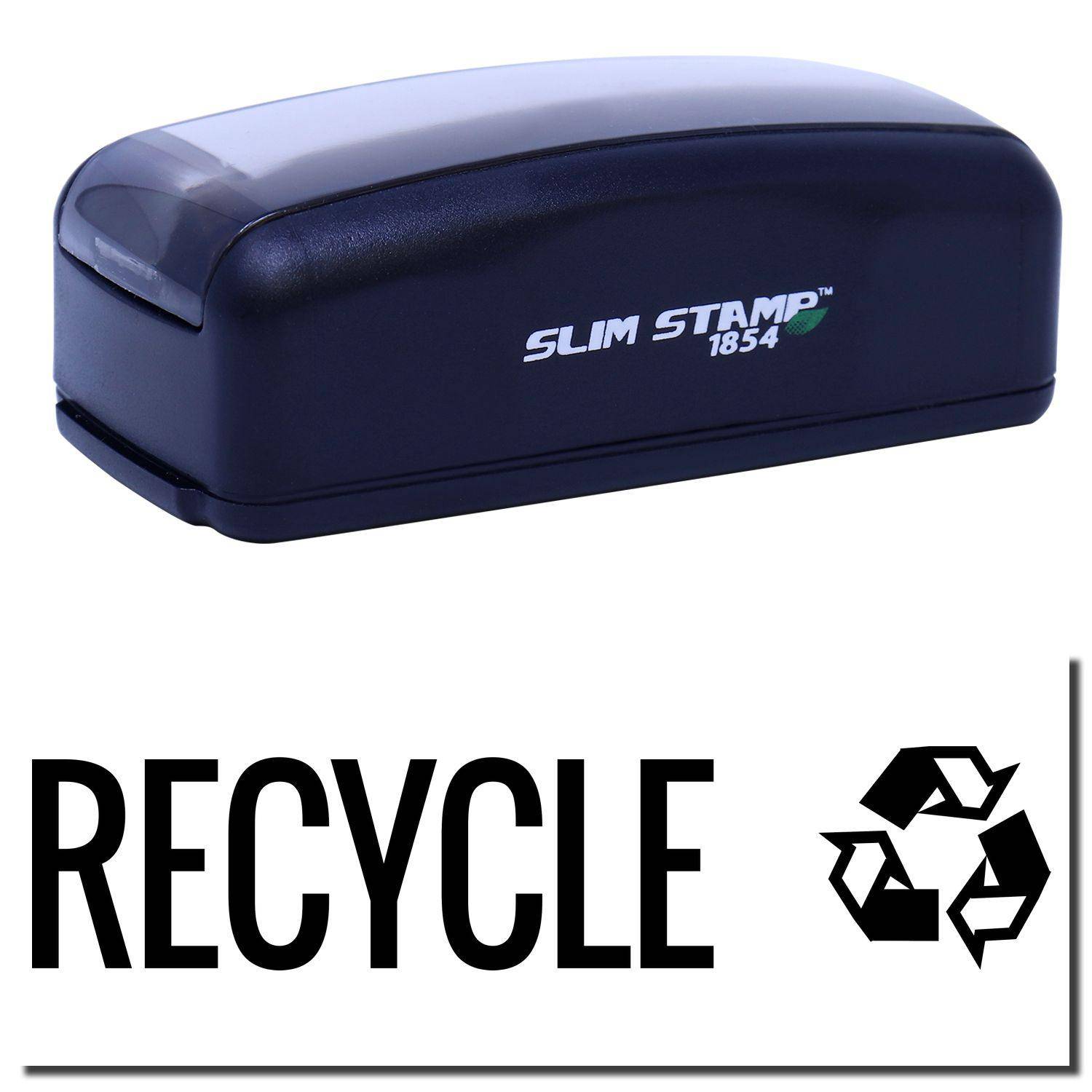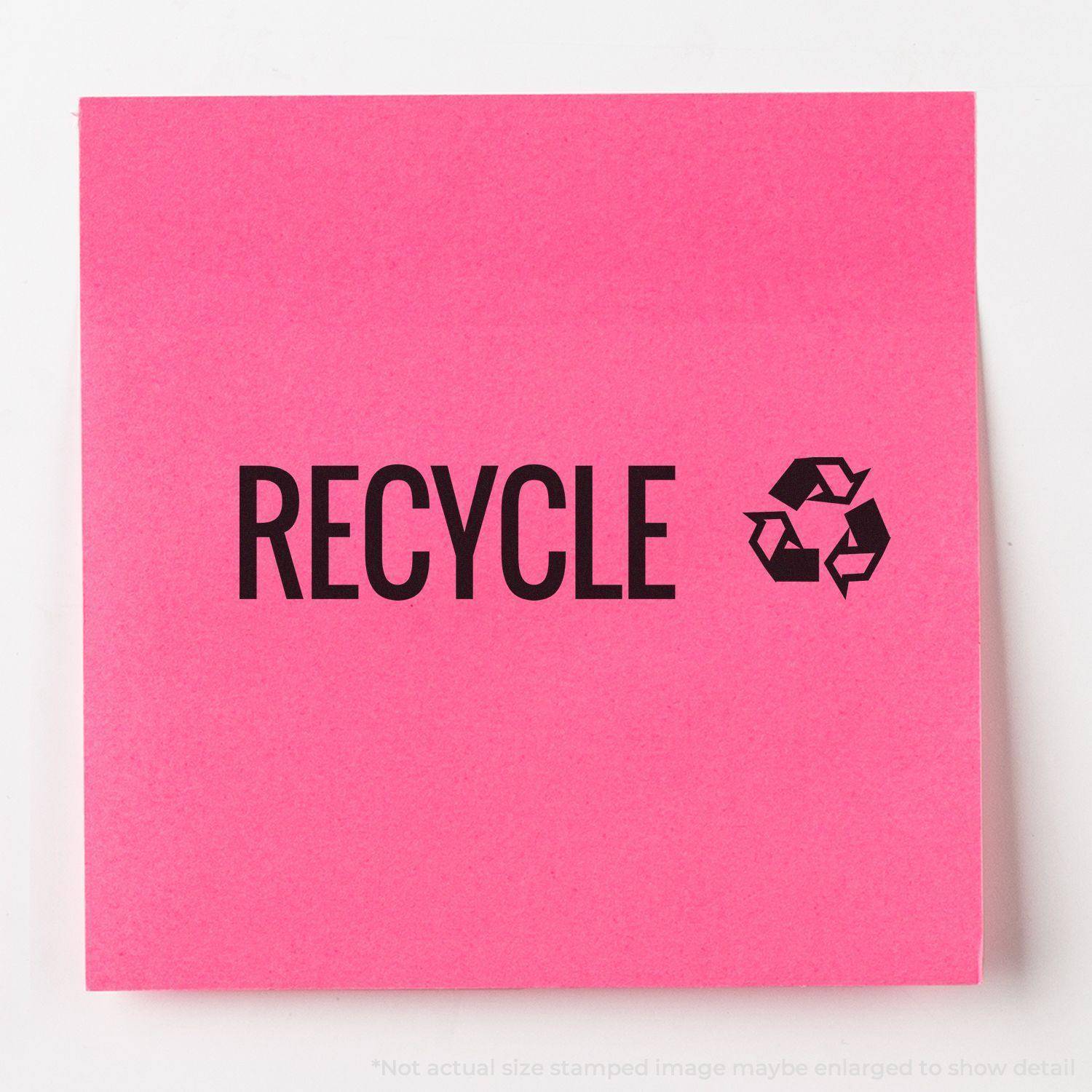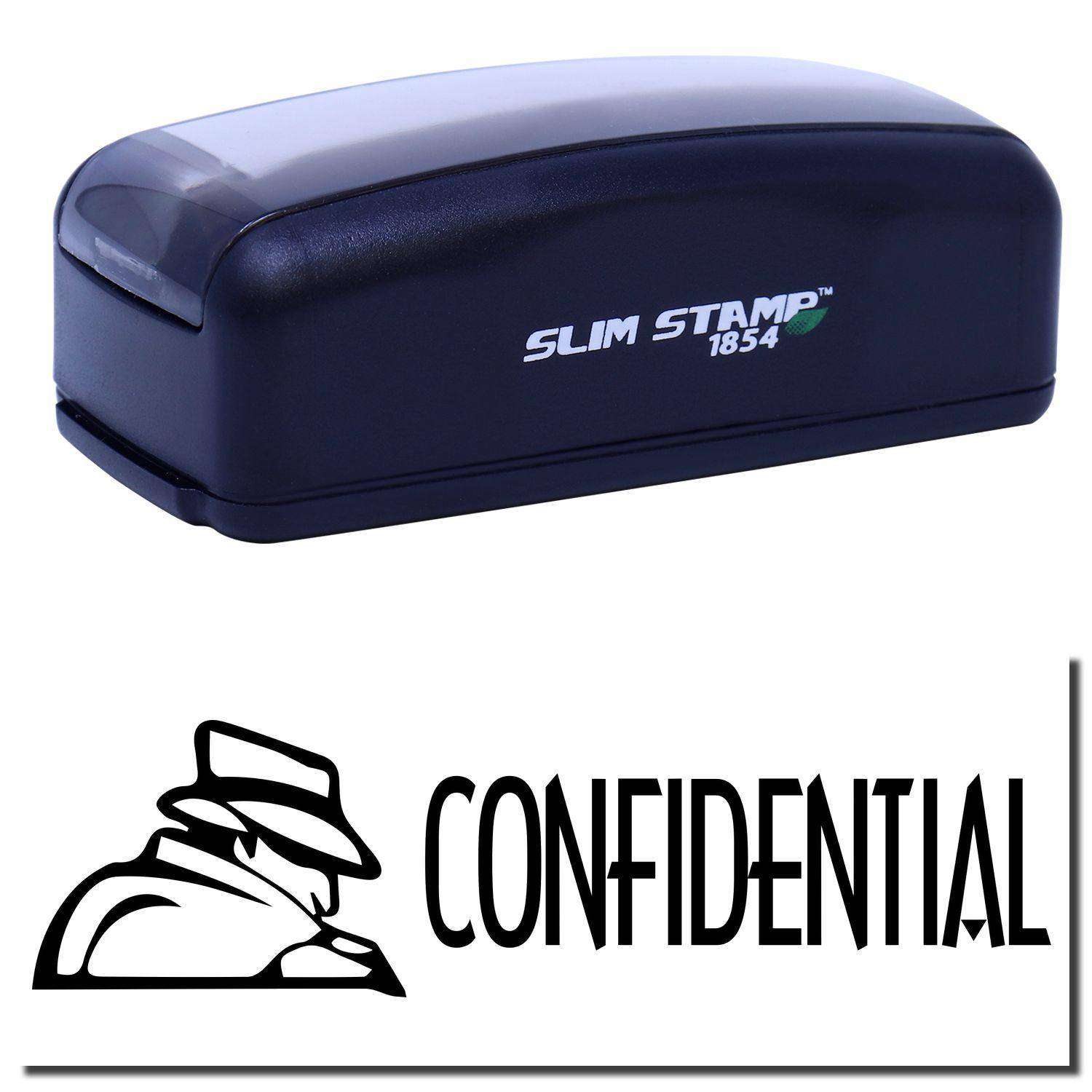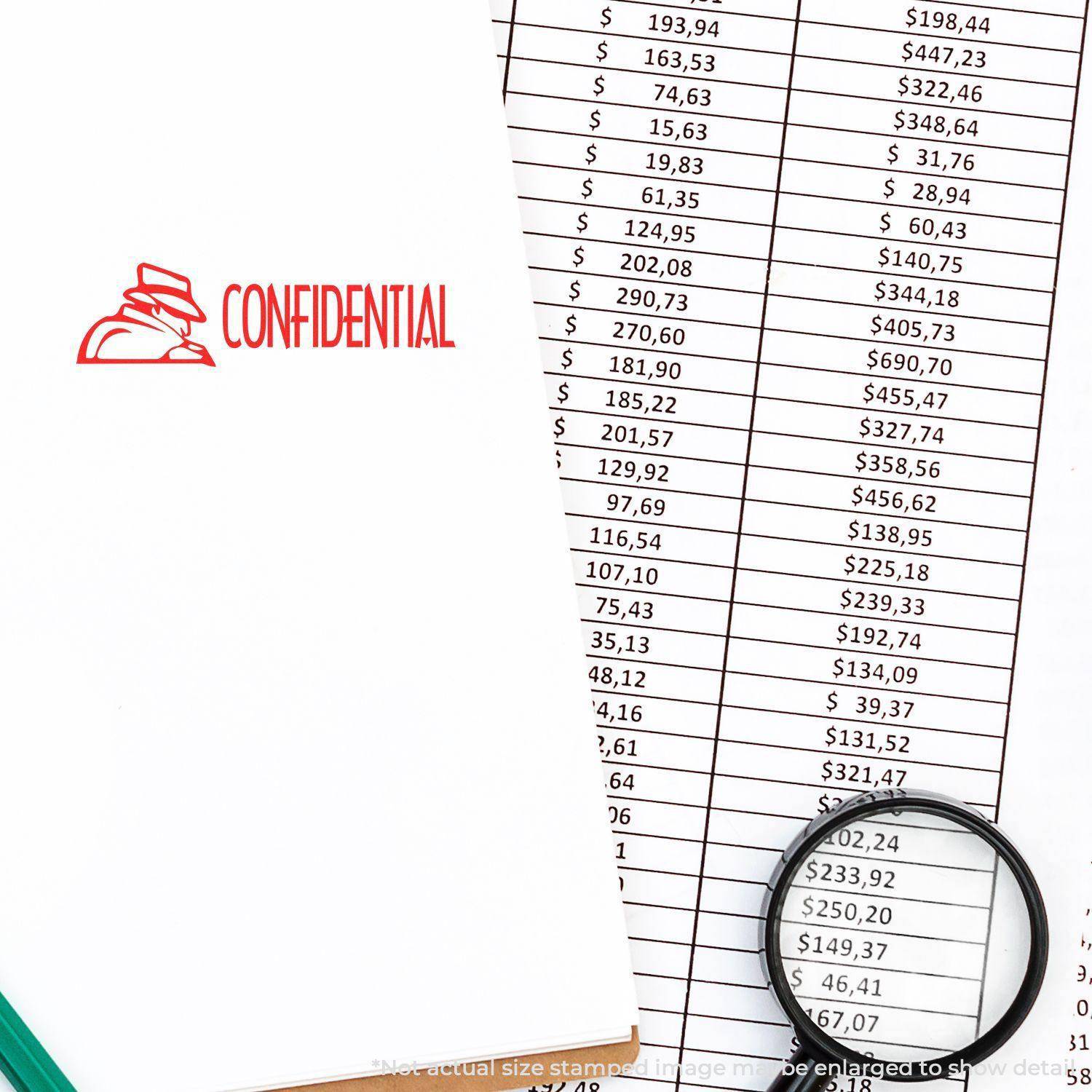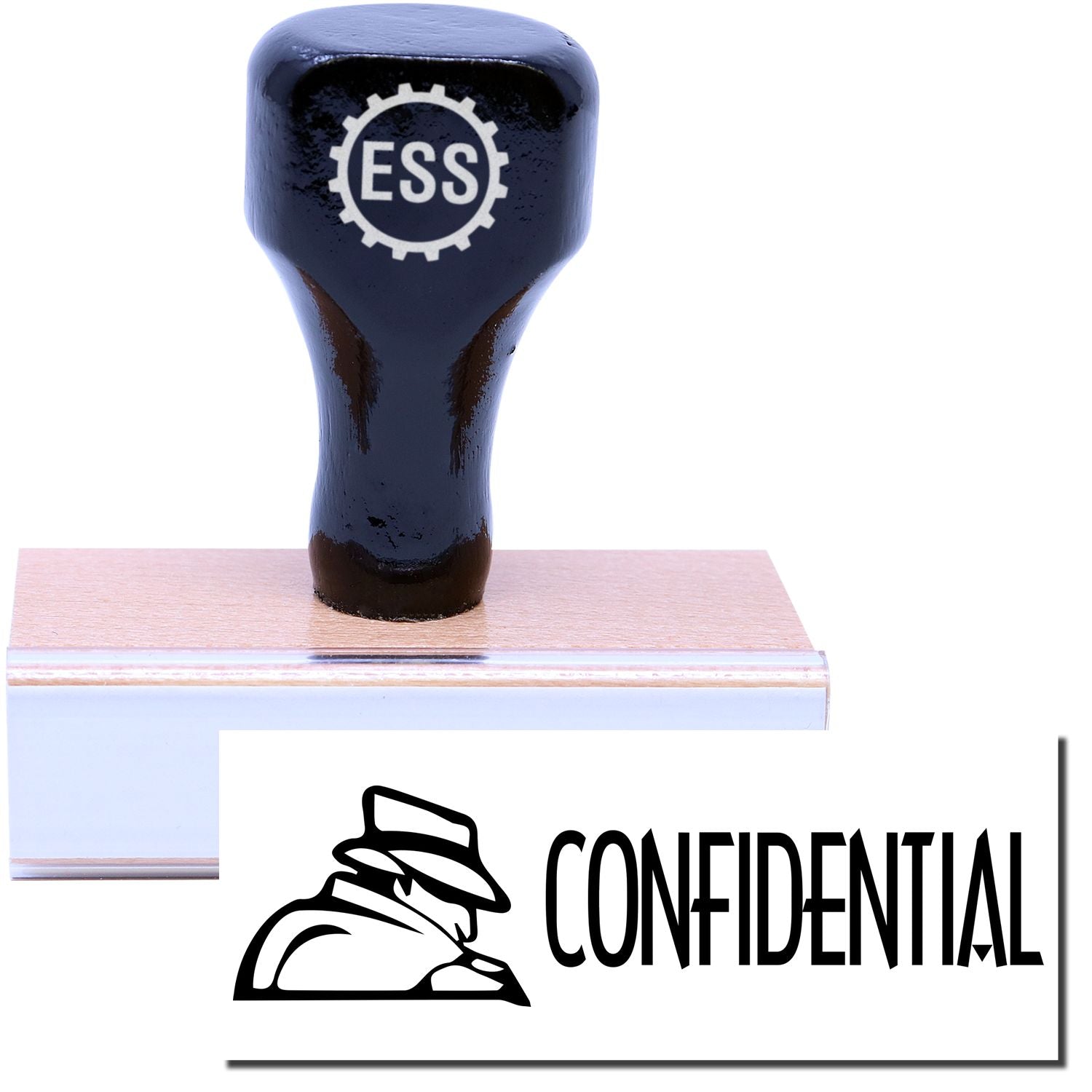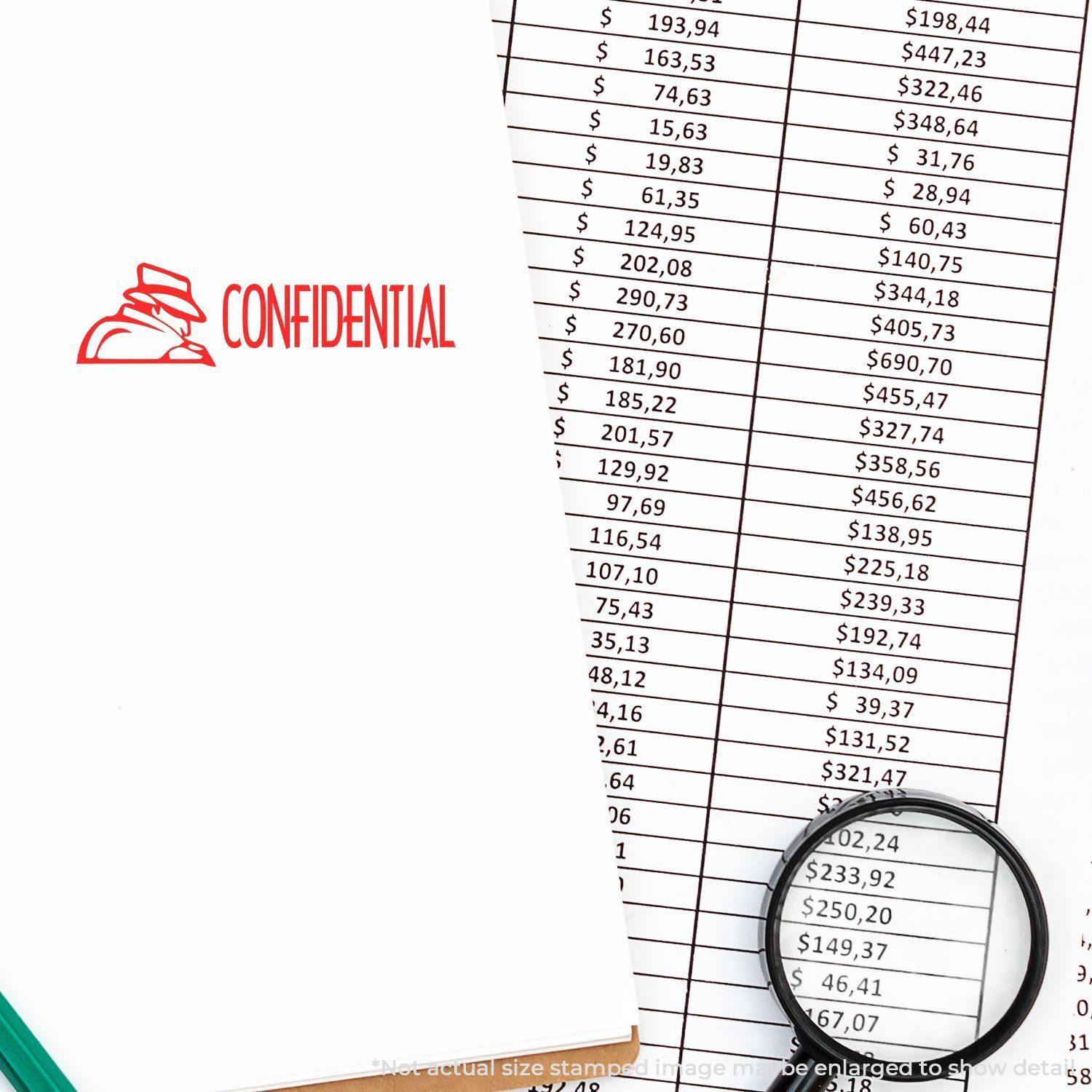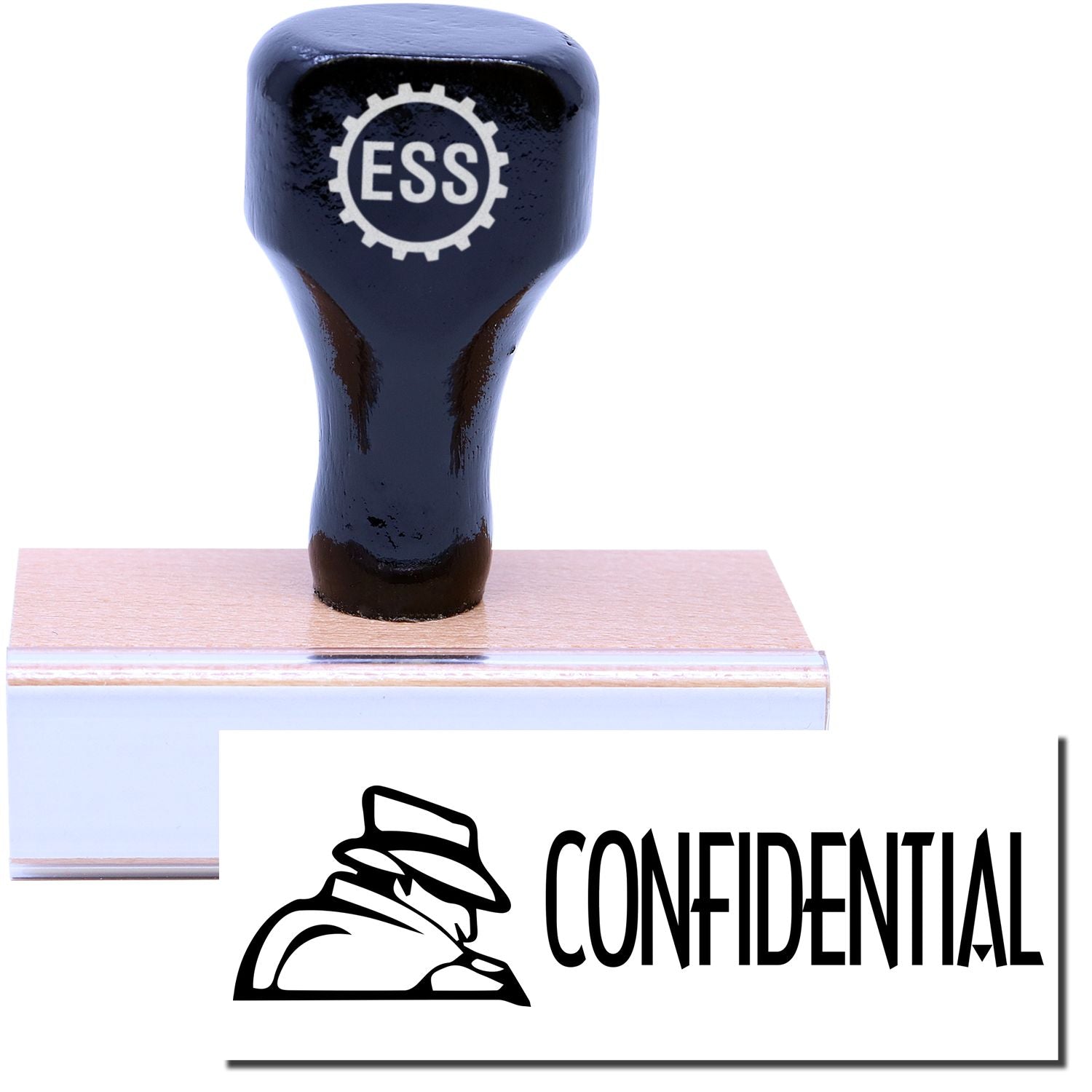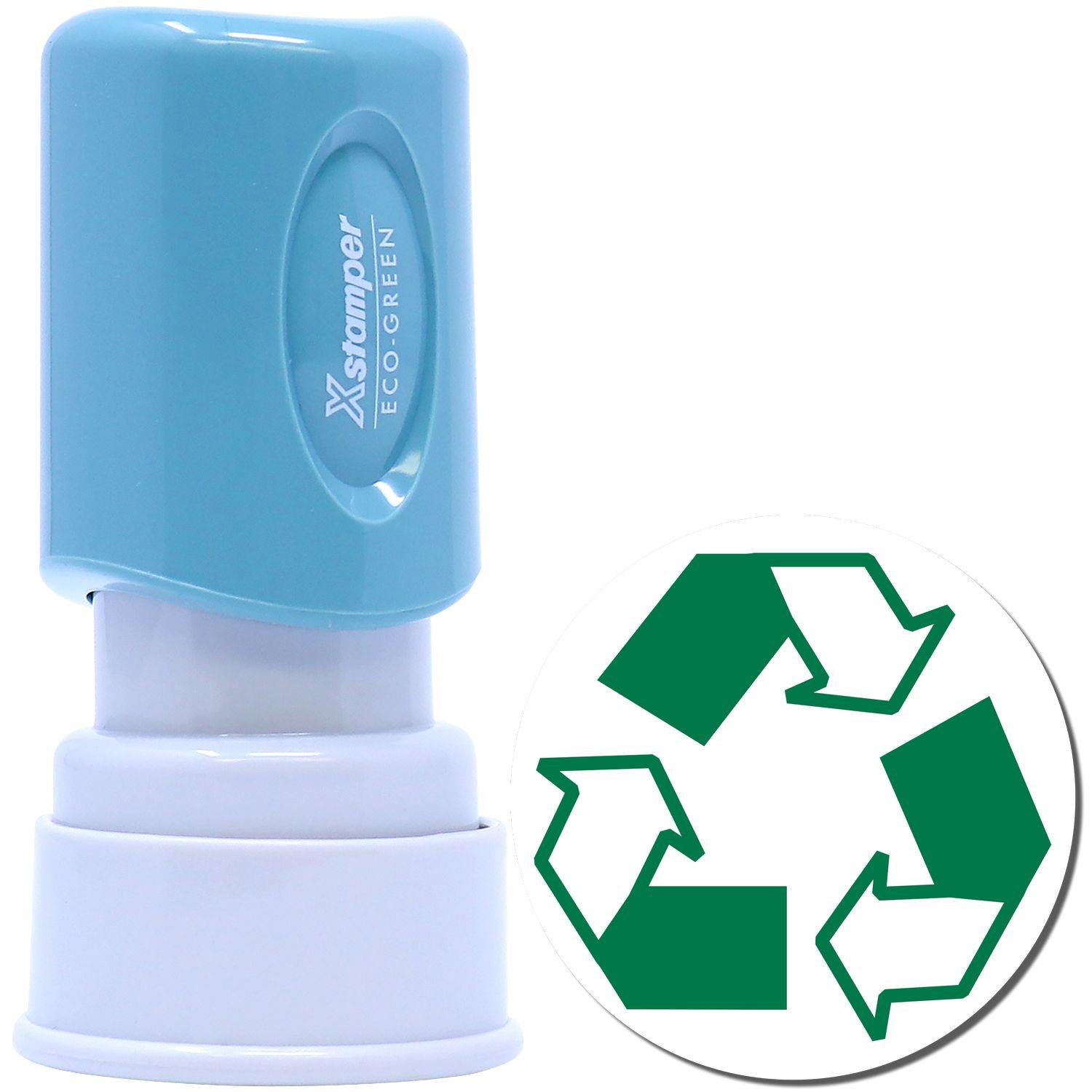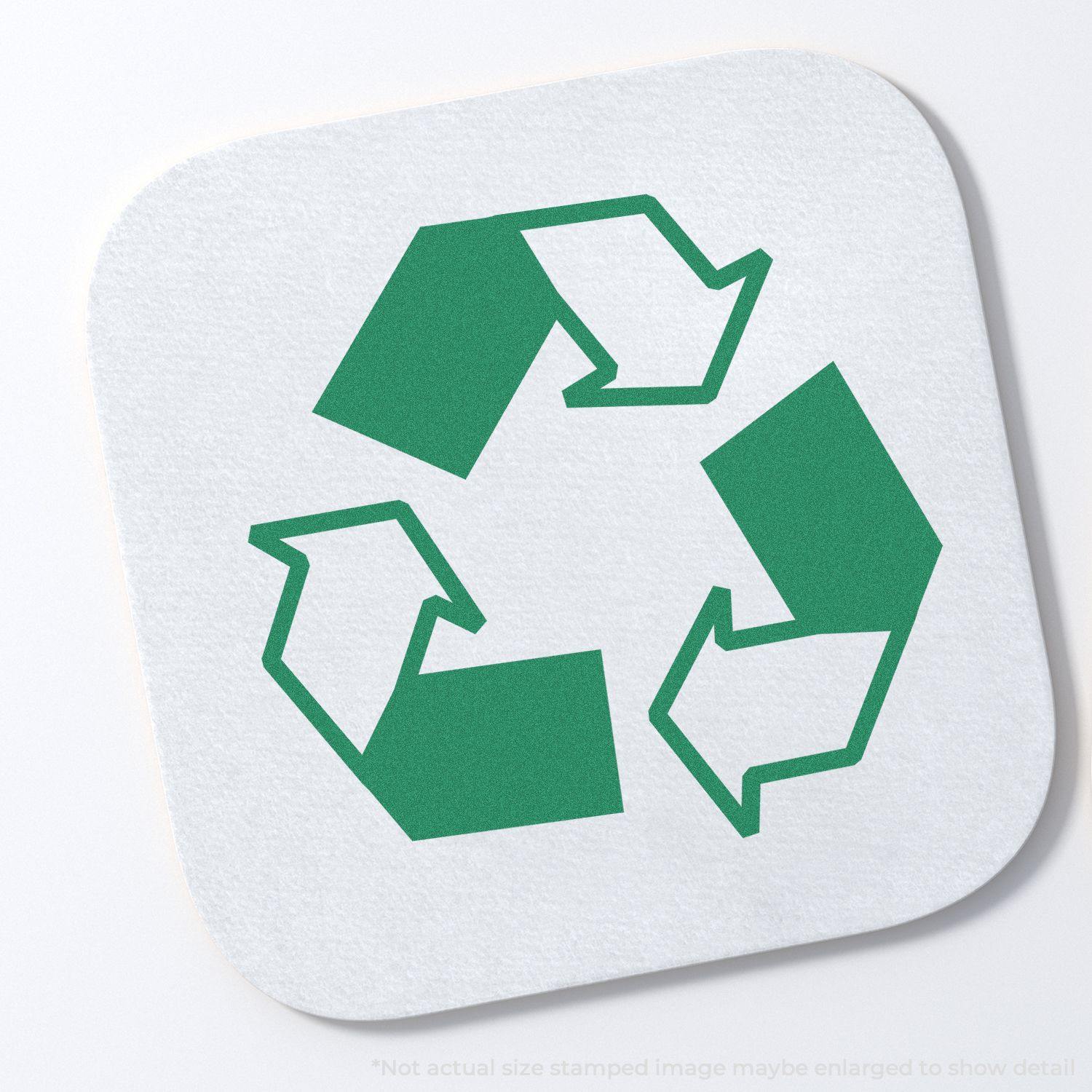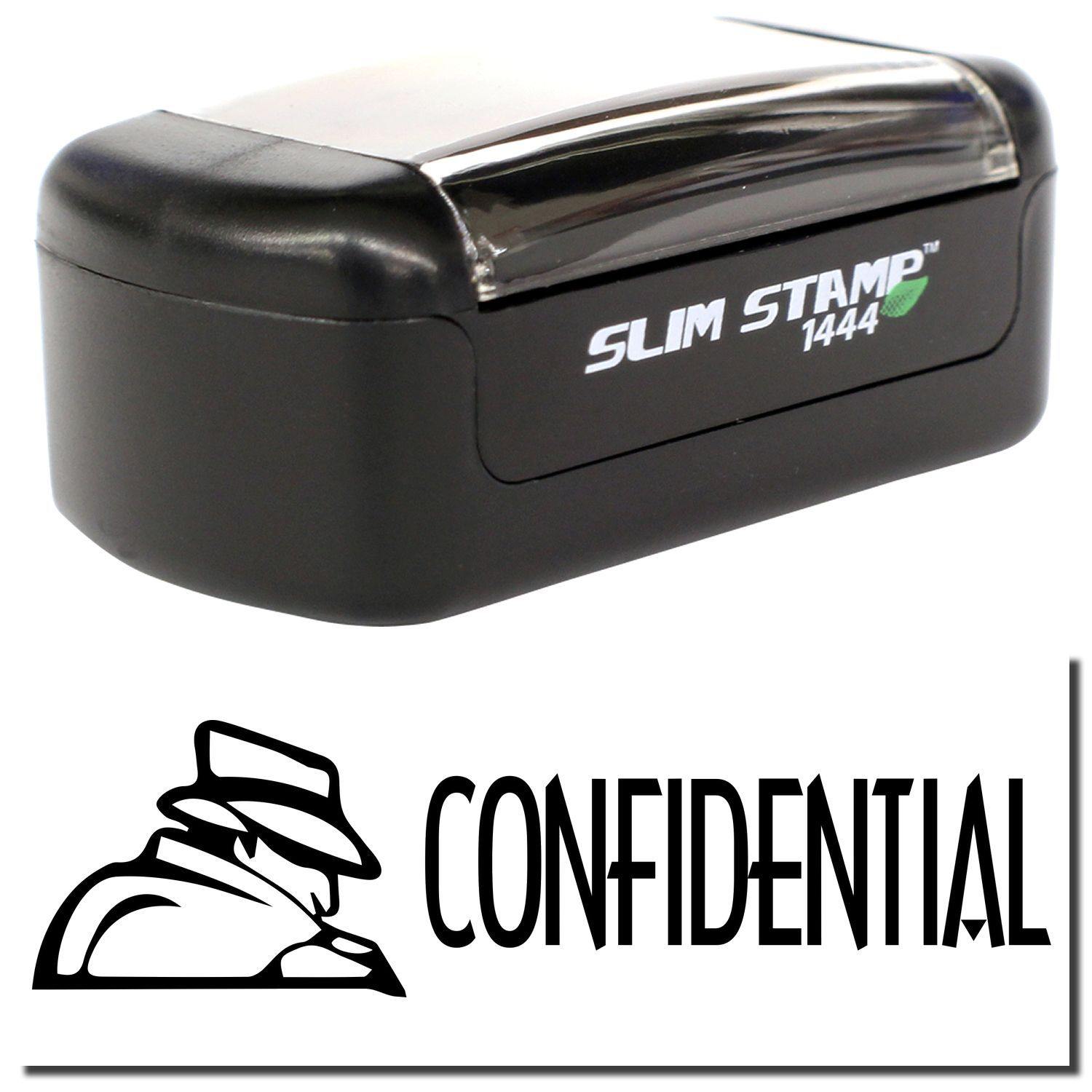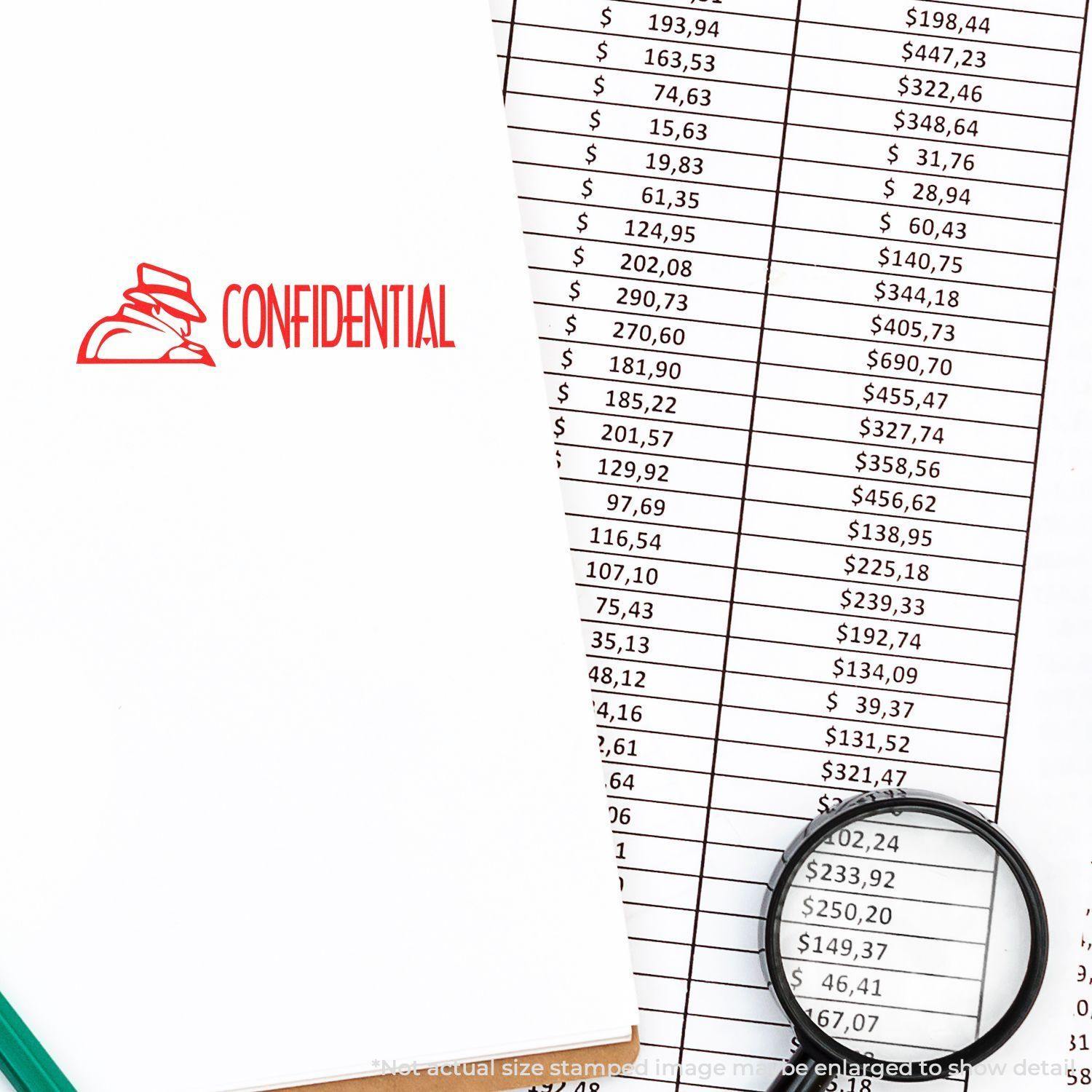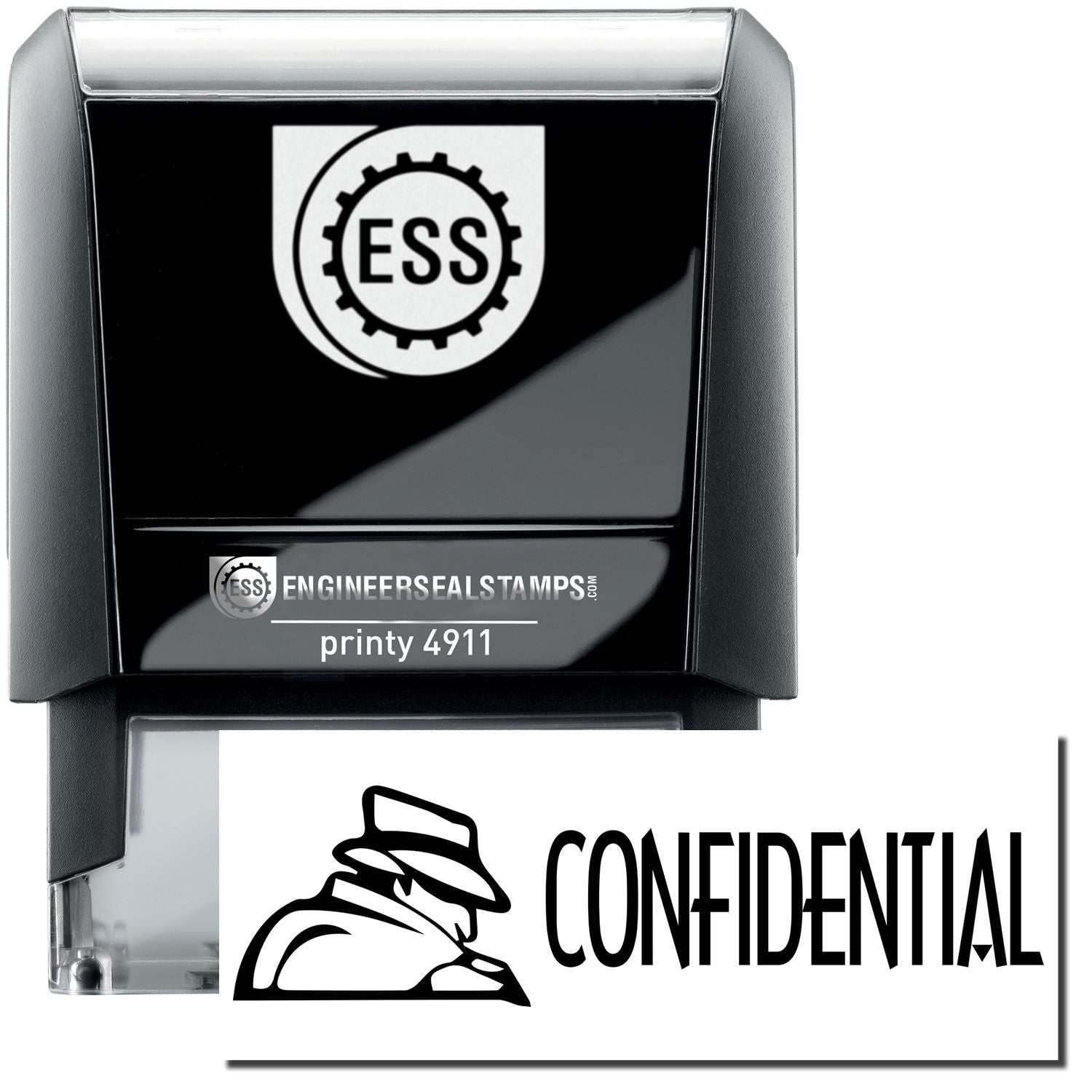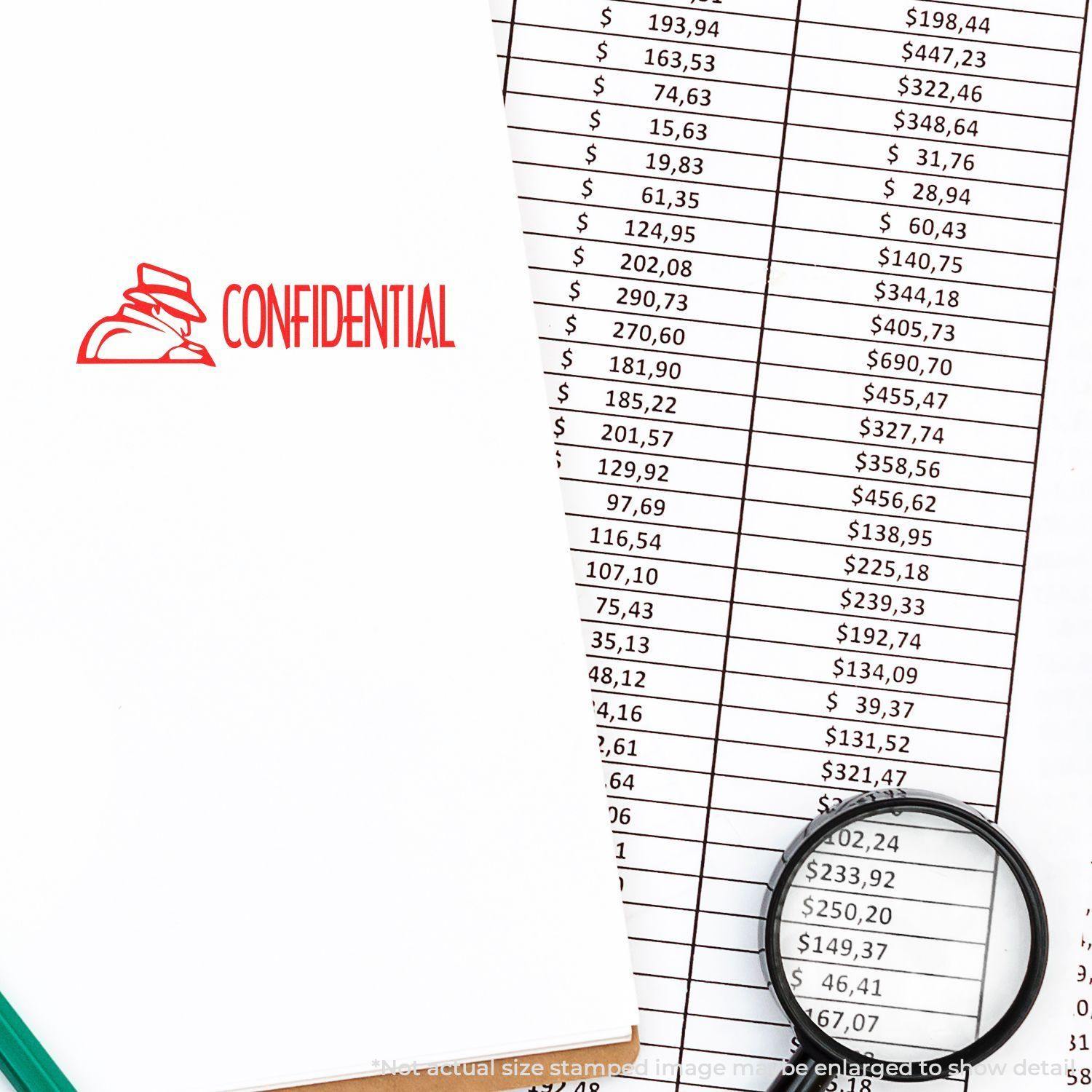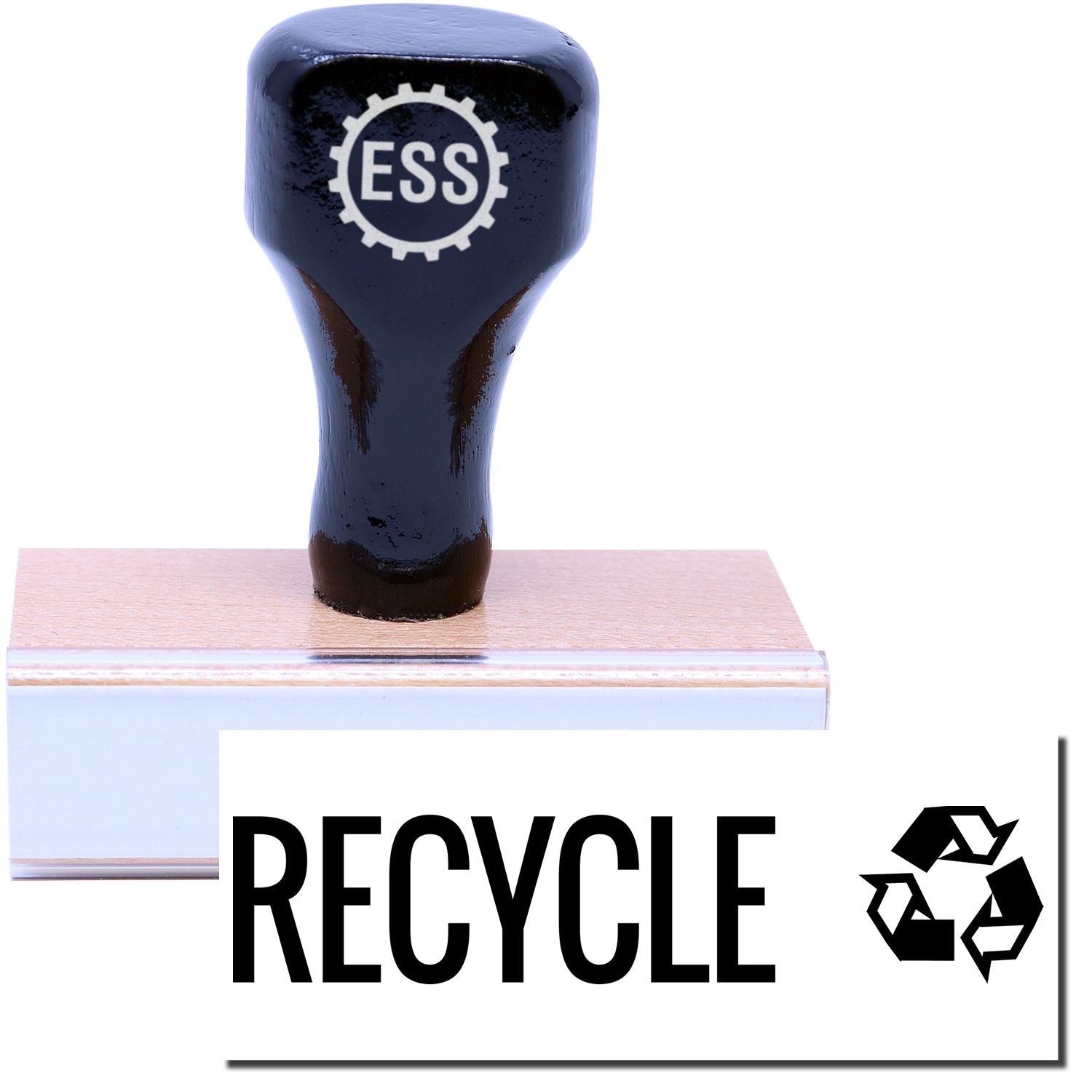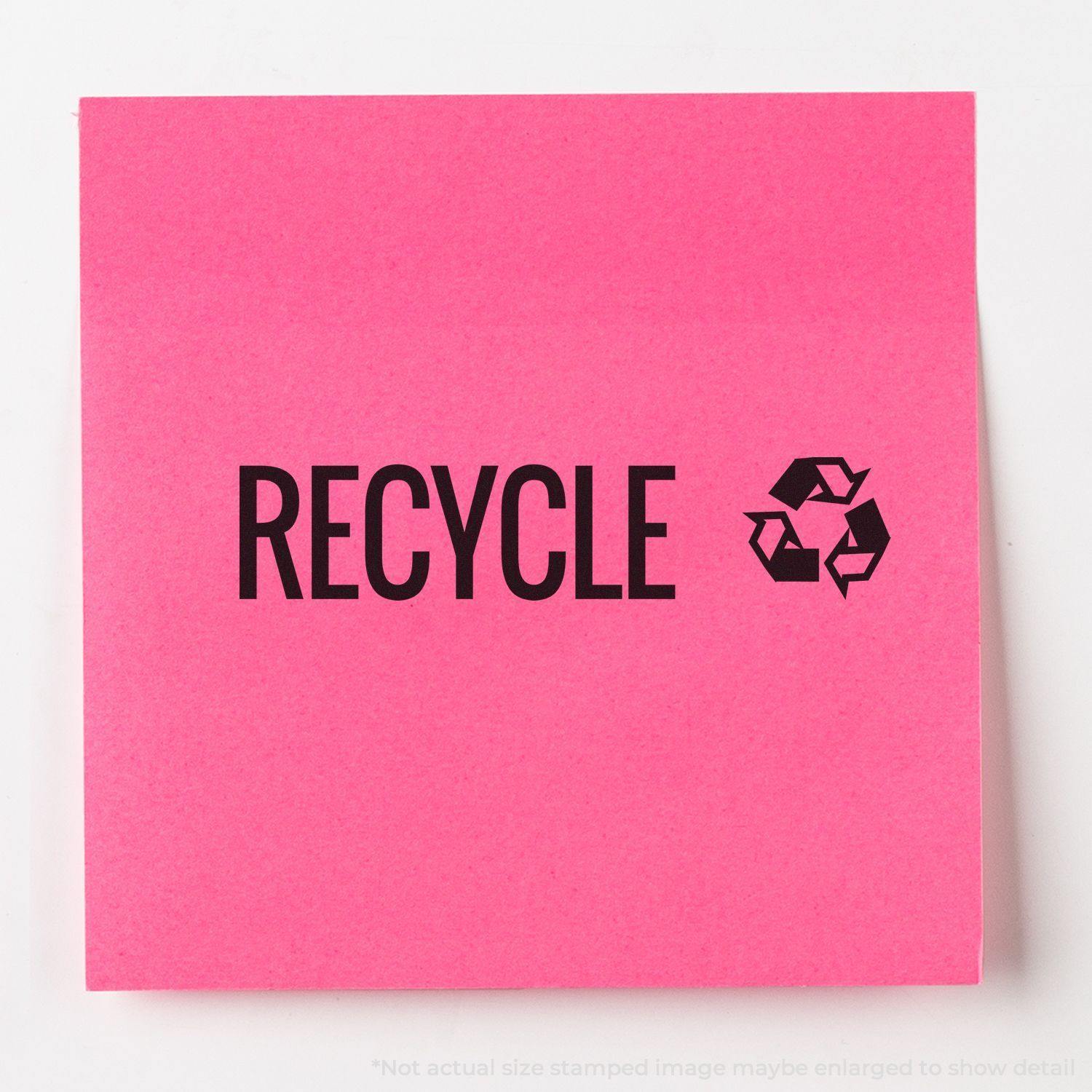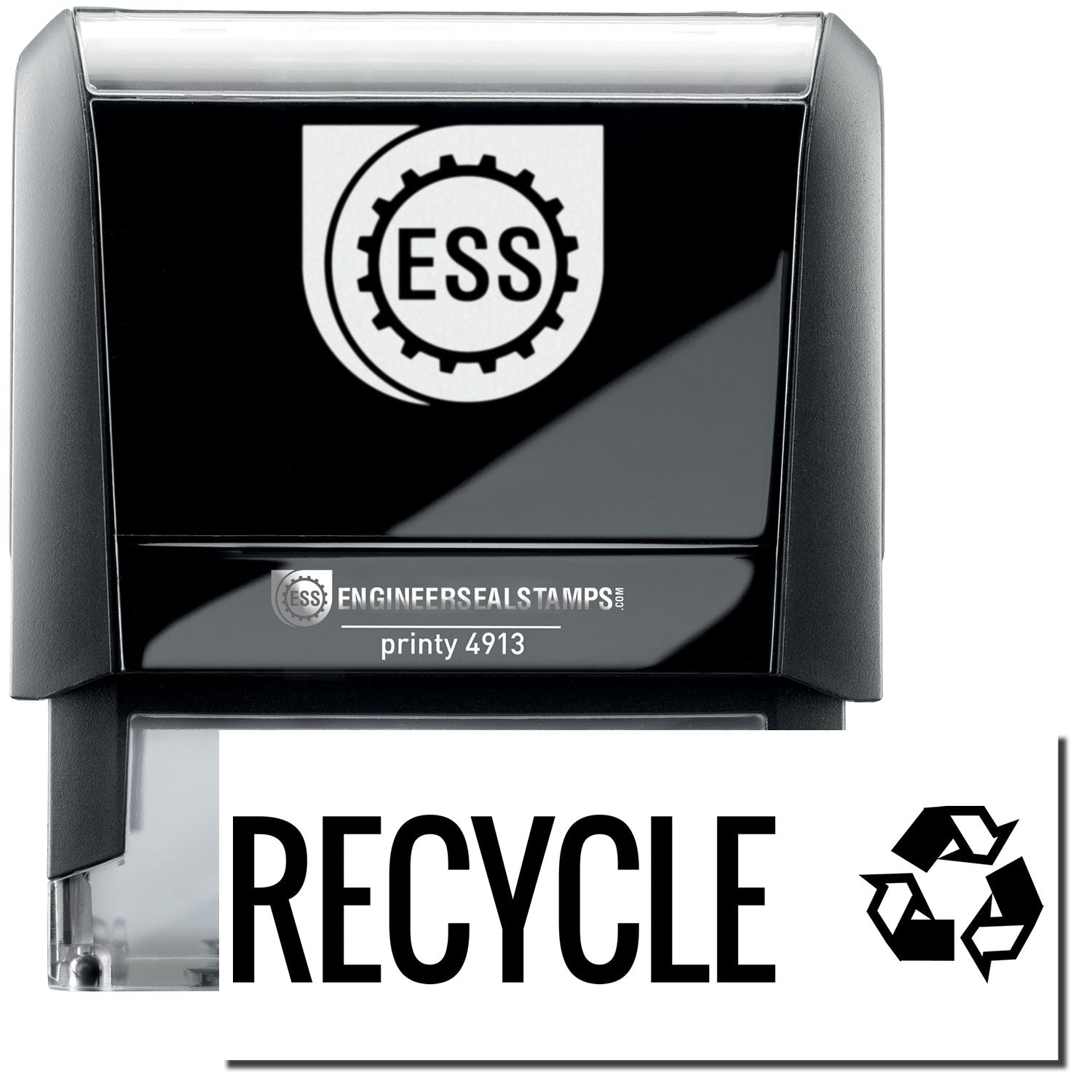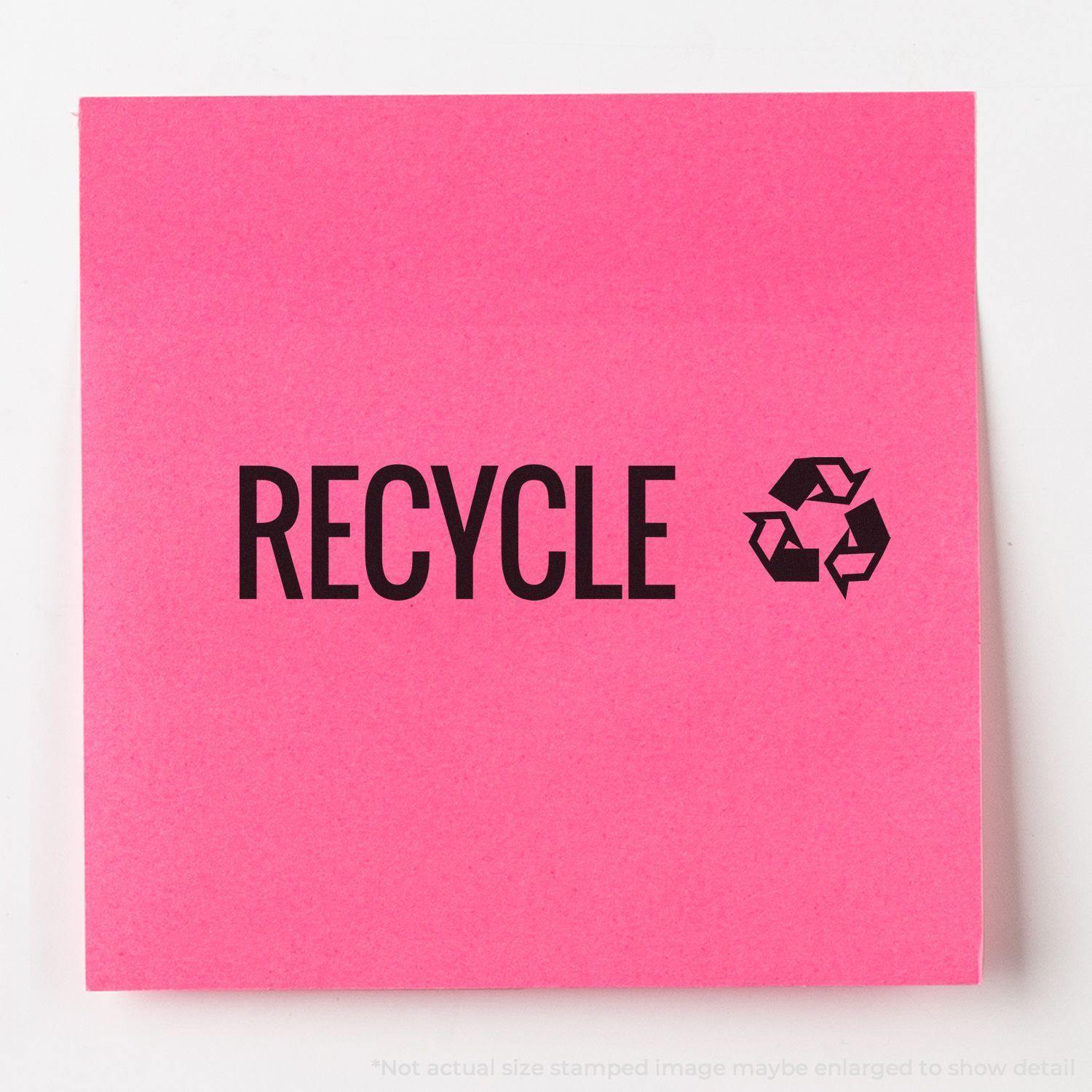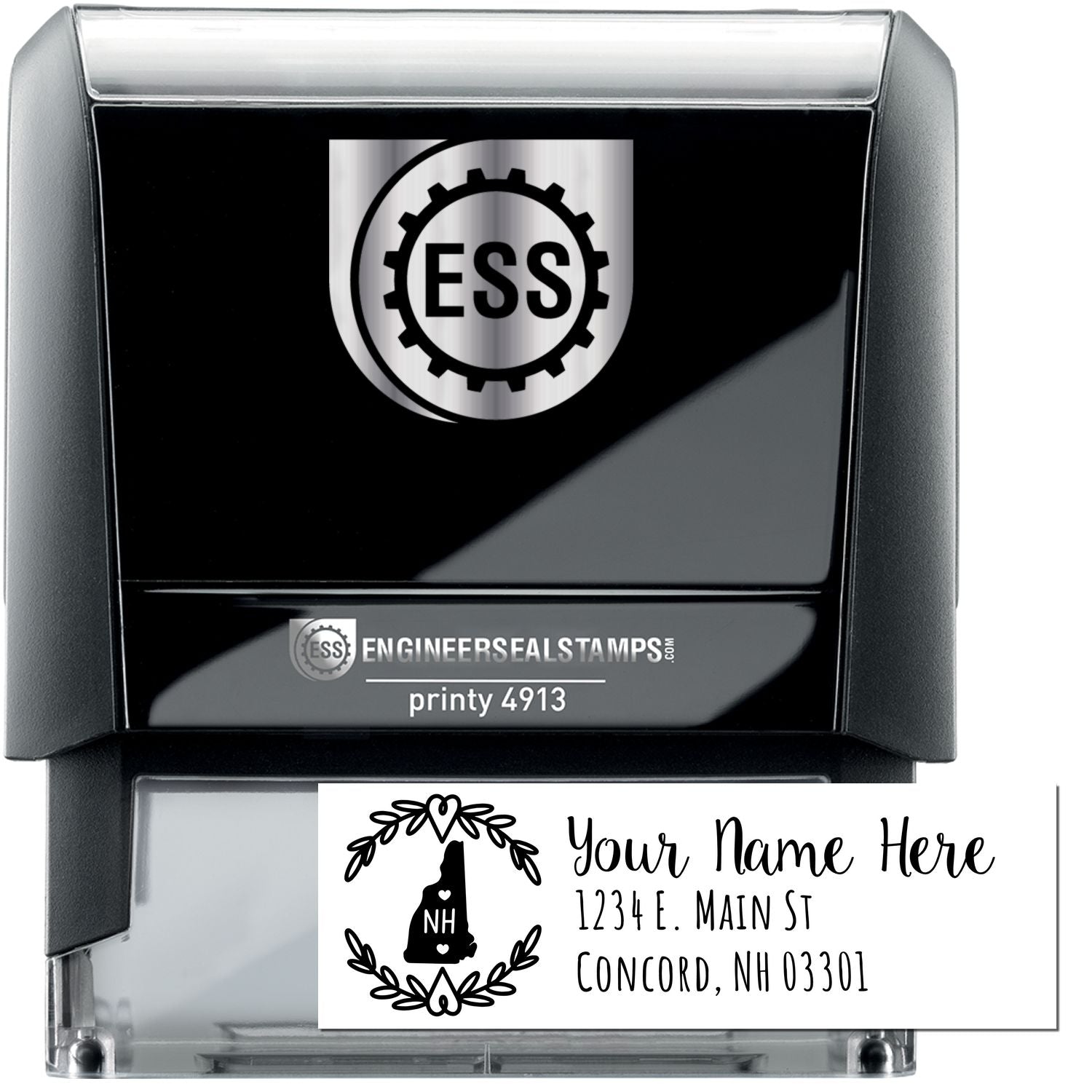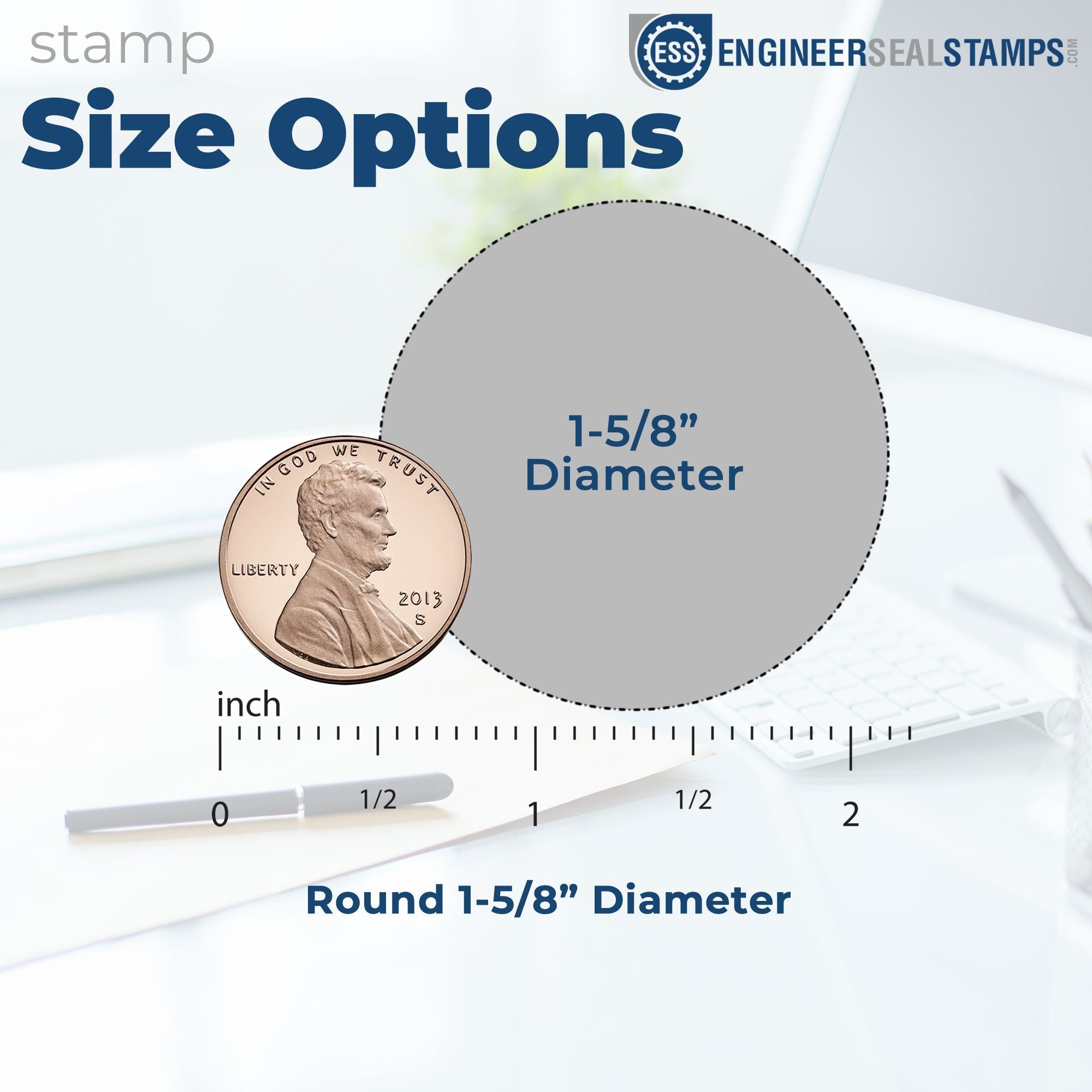The Importance of Teacher Stamps
In the fast-paced environment of a classroom, teacher stamps play a vital role in enhancing efficiency and streamlining the marking process. These stamps offer numerous benefits that help both teachers and students in their educational journey.
Enhancing Efficiency in the Classroom
Teacher stamps are an invaluable tool for educators looking to maximize their efficiency in the classroom. With the ability to quickly stamp common phrases, feedback, or grades, teachers can save valuable time that would otherwise be spent writing repetitive comments. This allows them to focus more on providing individualized instruction and feedback to their students.
By utilizing teacher stamps, educators can easily mark multiple assignments or assessments with consistency and accuracy. This helps in maintaining fairness and clarity in grading, ensuring that students receive consistent feedback.
Benefits of Using Teacher Stamps for Marking
The use of teacher stamps offers a range of benefits that contribute to a positive classroom experience for both teachers and students:
-
Time-saving: Teacher stamps dramatically reduce the time spent on repetitive tasks like writing comments or grades on assignments. Instead, educators can efficiently mark papers with a simple stamp, saving valuable time that can be redirected towards other important aspects of teaching.
-
Consistency: Teacher stamps enable consistent and standardized feedback across assignments. This ensures that students receive clear, concise, and consistent messages regarding their work. Consistency in feedback helps students understand their strengths and areas for improvement, facilitating their overall growth and development.
-
Engagement and Motivation: Customized teacher stamps, such as those with motivational or encouraging messages, can have a positive impact on student engagement and motivation. When students see personalized and encouraging feedback on their work, it reinforces their efforts and fosters a positive learning environment.
-
Organization: Teacher stamps can also be used for administrative purposes, such as marking attendance, acknowledging completed homework, or indicating deadlines. By utilizing stamps for these routine tasks, teachers can maintain an organized classroom environment and keep track of students' progress more effectively.
By incorporating teacher stamps into the classroom, educators can streamline their grading process, provide consistent feedback, and create a more engaging and efficient learning environment.
To explore the different types and uses of teacher stamps, be sure to check out our articles on personalized teacher stamps, self-inking teacher stamps, and custom teacher stamps. Additionally, if you're looking for specific stamp designs for grading, motivation, or administrative purposes, our articles on teacher grading stamps, motivational teacher stamps, and teacher stamps for homework will provide you with further insights.
Understanding Custom Rubber Stamps
When it comes to teacher stamps for marking, custom rubber stamps offer a versatile and efficient solution. These stamps can be personalized to meet the specific needs of teachers, allowing for quick and easy marking of assignments, tests, and other classroom materials. In this section, we will explore how custom rubber stamps work and the different types available for teachers.
How Custom Rubber Stamps Work
Custom rubber stamps consist of a rubber stamping die mounted on a wooden or self-inking stamp. The stamping die contains the customized design or text that you choose, such as common grading symbols, feedback phrases, or motivational messages. When pressed onto paper or other surfaces, the stamp leaves a clear and consistent impression.
To use a custom rubber stamp, simply apply ink to the rubber surface using an ink pad or ink cartridge (in the case of self-inking stamps). Press the stamp onto the desired surface with gentle and even pressure, ensuring full contact between the rubber surface and the paper. Lift the stamp to reveal the marking or message left behind.
Custom rubber stamps are a popular choice among teachers due to their versatility and ease of use. With a single stamp, you can convey specific messages or provide consistent feedback to students, saving time and effort in the grading process. Explore our article on teacher stamps to learn more about the benefits and applications of these stamps in the classroom.
Different Types of Custom Teacher Stamps
There are various types of custom teacher stamps available to cater to different preferences and marking needs. Two popular options are wooden stamps and self-inking stamps.
Wooden stamps consist of a wooden handle and a separate rubber stamping die. These stamps provide a traditional and classic look and are ideal for those who prefer a more tactile feel when stamping. Wooden stamps require the use of a separate ink pad to apply ink before stamping.
Self-inking stamps, on the other hand, are designed with an integrated ink pad that automatically re-inks the stamp after each impression. This eliminates the need for a separate ink pad and makes the stamping process faster and more convenient. Self-inking stamps are available in a range of sizes and designs, allowing for customization to suit individual preferences.
When selecting a custom teacher stamp, consider factors such as the size and design options available to ensure that the stamp meets your specific requirements. Additionally, pay attention to the type of ink used and whether the stamp is refillable. This will help you choose a stamp that provides clear and long-lasting impressions. For more information on personalized teacher stamps, visit our article on personalized teacher stamps.
Understanding how custom rubber stamps work and the different types available allows teachers to make an informed decision when selecting the most suitable stamp for their classroom marking needs. Whether you choose a wooden stamp or a self-inking stamp, customizing your stamp will streamline your marking process and enhance efficiency in the classroom.
Factors to Consider When Selecting Teacher Stamps
When selecting teacher stamps for classroom marking, several factors should be taken into consideration. Understanding these factors will help you choose the stamps that best suit your needs and maximize efficiency in your classroom.
Size and Design Options
One important factor to consider when selecting teacher stamps is the size and design options available. Stamps come in various sizes, ranging from small to large. The size you choose depends on your preferences and the amount of information you want to include on the stamp. Larger stamps may be suitable for marking papers with detailed feedback, while smaller stamps can be more convenient for quick and simple marking tasks.
In addition to size, consider the design options of the stamps. There are pre-designed stamps available that cover a range of common marking needs, such as grading and feedback stamps, motivational and encouragement stamps, and organization and administrative stamps. Alternatively, you may opt for personalized teacher stamps that allow you to customize the design according to your specific requirements. For more information on personalized options, refer to our article on personalized teacher stamps.
Ink Type and Refillability
Another crucial factor to consider is the ink type and refillability of the teacher stamps. Stamps can be categorized into two main types: self-inking stamps and traditional rubber stamps. Self-inking stamps have an integrated ink pad that automatically re-inks the stamp after each use, making them convenient and mess-free. Traditional rubber stamps, on the other hand, require a separate ink pad for each use.
When selecting a stamp, consider the type of ink used and its quality. Make sure to choose an ink that is vibrant, fast-drying, and suitable for the surface you will be stamping on. It's also important to check if the stamp is refillable. Refillable stamps allow you to easily replenish the ink, extending the life of the stamp and reducing waste. For more information on self-inking stamps, refer to our article on self-inking teacher stamps.
Durability and Longevity
Durability and longevity are key factors to consider when selecting teacher stamps. Look for stamps made from high-quality materials, such as durable plastics or metals. These materials ensure that the stamps can withstand frequent use and maintain their effectiveness over time. Rubber stamps should have a sturdy handle that provides a comfortable grip and allows for easy maneuvering.
Additionally, consider the type of ink pad used in the stamp. High-quality ink pads are designed to last longer and provide consistent ink coverage. Some stamps may even come with replaceable ink pads, allowing you to extend the life of the stamp without needing to purchase a completely new one.
By considering the size and design options, ink type and refillability, as well as durability and longevity, you can select teacher stamps that align with your marking needs and provide long-term value for your classroom. Choose stamps that enhance your efficiency and make the marking process more enjoyable for both you and your students. For more information on different types of teacher stamps, refer to our article on teacher stamps.
Stamp Designs for Different Marking Needs
When selecting teacher stamps for marking, it's essential to consider the different stamp designs available that cater to various marking needs. These designs include grading and feedback stamps, motivational and encouragement stamps, and organization and administrative stamps.
Grading and Feedback Stamps
Grading and feedback stamps are invaluable tools for teachers when providing constructive feedback and assessing student work. These stamps often include common feedback phrases and grading symbols that can be easily stamped onto assignments, tests, and papers.
Grading and feedback stamps can save teachers time and effort, as they eliminate the need for repetitive written comments. Examples of common phrases found on these stamps include "Great work!", "Needs improvement," and "Please revise." Some stamps also include grading symbols such as checkmarks, stars, or smiley faces to indicate the level of achievement.
By utilizing grading and feedback stamps, teachers can provide timely feedback to students while maintaining consistency and efficiency in the marking process. For more information on teacher grading stamps, visit our article on teacher grading stamps.
Motivational and Encouragement Stamps
Motivational and encouragement stamps are excellent tools for acknowledging and reinforcing positive behaviors and achievements in the classroom. These stamps often feature uplifting phrases and symbols that can boost students' confidence and motivation.
With motivational and encouragement stamps, teachers can reward students for their efforts, creativity, and improvement. Phrases such as "Great job!", "Well done!", and "Keep up the good work!" can provide students with a sense of accomplishment and encouragement. Some stamps also include symbols like stars, thumbs up, or smiley faces to further highlight the positive feedback.
Using these stamps strategically can create a positive classroom environment and foster a growth mindset among students. For more information on motivational teacher stamps, visit our article on motivational teacher stamps.
Organization and Administrative Stamps
Organization and administrative stamps are designed to assist teachers in managing paperwork, classroom routines, and administrative tasks. These stamps often contain labels, dates, and other organizational elements that can streamline administrative processes.
Common examples of organization and administrative stamps include stamps for marking attendance, tracking homework completion, and indicating important dates. These stamps help teachers stay organized and maintain accurate records without having to write repetitive information by hand.
By utilizing organization and administrative stamps, teachers can save time and ensure consistency in their administrative duties. For more information on using stamps for administrative purposes, visit our article on teacher stamps for homework.
By selecting the appropriate stamp designs for different marking needs, teachers can enhance their efficiency and effectiveness in the classroom. Whether it's providing feedback, motivating students, or managing administrative tasks, the right stamp can make a significant difference in the teacher's daily workflow.
Tips for Maximizing Efficiency with Teacher Stamps
To make the most of teacher stamps and enhance your marking efficiency, it's important to employ proper stamp usage techniques, incorporate stamps into your classroom workflow, and maintain and clean your stamps regularly.
Proper Stamp Usage Techniques
To ensure clear and consistent impressions, it's crucial to follow proper stamp usage techniques:
-
Apply even pressure: Press the stamp evenly onto the paper to create a clear and legible mark. Avoid applying too much pressure, as it may cause smudging or bleeding of the ink.
-
Use a firm surface: Place your paper on a flat, firm surface before stamping. This helps to prevent the paper from moving, resulting in a clean and precise impression.
-
Avoid over-inking: Use the appropriate amount of ink on your stamp. Excessive ink can lead to smudges and blotches, while insufficient ink may result in faint or incomplete impressions. Refill your stamp with ink as needed, following the manufacturer's instructions.
-
Allow drying time: Give the stamped area sufficient time to dry before handling the paper. This helps to prevent smudging or smearing, ensuring that your markings remain clear and intact.
Incorporating Stamps into Classroom Workflow
To maximize efficiency, it's essential to incorporate teacher stamps into your classroom workflow effectively:
-
Strategically plan stamp usage: Determine the specific tasks or areas where stamps can be most beneficial. Whether it's providing feedback, acknowledging achievements, or marking completed assignments, identify the moments where stamps can save time and enhance communication with your students.
-
Create a stamping routine: Develop a consistent routine for using stamps during grading or other marking activities. This helps to streamline the process and ensure that no assignments or tasks are overlooked. Consider organizing your stamps in a convenient location within easy reach.
-
Offer variety and personalization: Use a variety of stamps to address different aspects of student work, such as grading, feedback, and motivation. Personalized teacher stamps can add a personal touch and make your markings more meaningful to your students.
Maintaining and Cleaning Teacher Stamps
Proper maintenance and regular cleaning of your teacher stamps are essential for optimal performance and longevity:
-
Clean after each use: Wipe the stamp surface with a damp cloth or tissue after each use to remove any residual ink. This prevents the build-up of dried ink, which can affect the quality of your impressions.
-
Deep clean periodically: Depending on the frequency of use, it's beneficial to deep clean your stamps regularly. Follow the manufacturer's instructions for cleaning, which may involve using mild soap and water or specialized stamp cleaners.
-
Store properly: To prolong the lifespan of your stamps, store them in a clean and dry environment. Avoid exposing them to extreme temperatures or direct sunlight, as this can degrade the stamp material and affect the quality of the impressions.
By incorporating these tips into your stamping routine and practicing proper maintenance, you can optimize efficiency and ensure that your teacher stamps continue to deliver clear and consistent markings throughout the school year. For more information on different types of teacher stamps, visit our article on teacher stamps.
About ESS
At ESS - Engineer Seal Stamps, precision meets passion. As leading craftsmen in the industry, we meticulously design custom rubber stamps, professional seals, and notary stamps tailored to perfection. But what truly sets us apart is our unwavering commitment to stellar customer service. Every interaction, every product, and every detail is infused with our promise of excellence, further cemented by our esteemed state board guarantee. Our legacy is built not just on the stamps and seals we produce, but on the trust and satisfaction of the professionals we serve. With ESS, you don't just get a stamp; you experience a standard of service that's truly unparalleled.



